Introduction

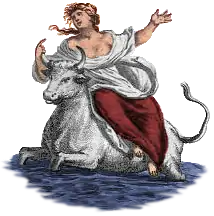 The European Union (EU) is a supranational political and economic union of 27 member states that are located primarily in Europe. The union has a total area of 4,233,255 km2 (1,634,469 sq mi) and an estimated total population of over 448 million. The EU has often been described as a sui generis political entity (without precedent or comparison) combining the characteristics of both a federation and a confederation. Containing 5.8% of the world population in 2020, the EU generated a nominal gross domestic product (GDP) of around US$16.6 trillion in 2022, constituting approximately one sixth of global nominal GDP and the third-biggest global economy after the United States and China. Additionally, all EU states except Bulgaria have a very high Human Development Index according to the United Nations Development Programme. Its cornerstone, the Customs Union, paved the way to establishing an internal single market based on standardised legal framework and legislation that applies in all member states in those matters, and only those matters, where the states have agreed to act as one. EU policies aim to ensure the free movement of people, goods, services and capital within the internal market; enact legislation in justice and home affairs; and maintain common policies on trade, agriculture, fisheries and regional development. Passport controls have been abolished for travel within the Schengen Area. The eurozone is a group composed of the 20 EU member states that have fully implemented the economic and monetary union and use the euro currency. Through the Common Foreign and Security Policy, the union has developed a role in external relations and defence. It maintains permanent diplomatic missions throughout the world and represents itself at the United Nations, the World Trade Organization, the G7 and the G20. Due to its global influence, the European Union has been described by some scholars as an emerging superpower. After the creation by six states, 22 other states joined the union in 1973–2013. The United Kingdom became the only member state to leave the EU in 2020; ten countries are aspiring or negotiating to join it. (Full article...) Selected articleThe EUFOR or European Union Force is an international military force under the supervision of the European Council. It is best known for operation Althea; their current involvement in Bosnia and Herzegovina to oversee the military implementation of the Dayton Agreement. It replaced the NATO-led SFOR on the 2nd of December 2004. The EUFOR is led by the Political and Security Committee, and the civilian implementation of the agreement lies in the hands of the Office of High Representative. The efforts of both are coordinated by the High Representative for the Common Foreign and Security Policy, Javier Solana. EUFOR has around 7,000 personnel from 33 countries, mostly from the countries of the European Union. There are however, additional troops from other European countries and also some from Canada and elsewhere. As of 2005, this is the largest purely European military operation. Selected picture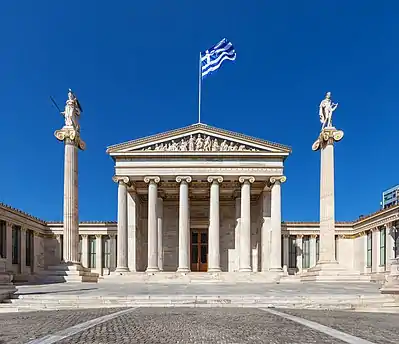 Photograph credit: Thomas Wolf The Academy of Athens is Greece's national academy and the highest research establishment in the country. Established on 18 March 1926, it operates under the supervision of the Ministry of Education and Religious Affairs.
This picture shows the main building of the Academy, a neoclassical building between Panepistimiou Street and Akadimias Street in the centre of Athens and one of the city's major landmarks. The building was designed as part of an architectural "trilogy" in 1859 by Danish architect Theophil Hansen, along with the University and the National Library. The Greek neoclassical sculptor Leonidas Drosis sculpted the principal multi-figure pediment sculpture, on the theme of the birth of Athena, based on a design by painter Carl Rahl. Two columns on either side of the portico feature statues of Athena on the left and Apollo on the right, also designed by Drosis.
Did you know?...that "Nocturne" is the Eurovision Song Contest winner with the fewest words, the Norwegian language original having only 25?  Eastgate Clock ...that the Eastgate Clock (pictured) in Chester is the second most photographed timepiece in the United Kingdom, after Big Ben? ...that "Kinek mondjam el vétkeimet?" received three perfect scores at the start of voting in the Eurovision Song Contest 1994 before ultimately coming in fourth, making Hungary the only debuting nation to lead the voting? Selected city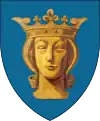 Stockholm is the capital of Sweden, and consequently the site of its Government and Parliament as well as the residence of the Swedish head of state, King Carl XVI Gustaf. Stockholm has been Sweden's political and economic center since the 13th century. Today it is the largest municipality of Sweden, with a population of 776,000, while the populations of the Stockholm urban area and Metropolitan Stockholm are roughly 1.2 and 1.9 million, respectively. With its location on the east coast of Sweden at the mouth of Lake Mälaren, by the Stockholm archipelago, it is widely renowned for its beauty. The city is said to have been founded by Birger Jarl in order to protect Sweden from a sea invasion by foreign navies, and to stop the pillage of towns such as Sigtuna on Lake Mälaren. It is also said that the name derives from the spot where a log (stock) pushed into the waters, and following its currents, drifted upon an islet (holm). This location would thus constitute the best location for a harbour for returning ships. General imagesThe following are images from various European Union-related articles on Wikipedia.
TopicsFeatured contentFeatured articles
Featured lists
Featured contentGood articles
CategoriesCategory puzzle Select [►] to view subcategories
European Union European Union-related lists European Border and Coast Guard Bosnia and Herzegovina and the European Union Buildings and structures of the European Union Demographics of the European Union Economy of the European Union Education in the European Union European Union and the environment European Union passports Geography of the European Union Government procurement in the European Union Health and the European Union History of the European Union Human rights in the European Union European Union law European Union affairs by member state Military of the European Union Organizations based in EU Organizations related to the European Union European Union people Politics of the European Union Prague Declaration on European Conscience and Communism European Union and science and technology European Union society Works about the European Union European Union stubs Related portalsAssociated WikimediaThe following Wikimedia Foundation sister projects provide more on this subject:
Discover Wikipedia using portals
|
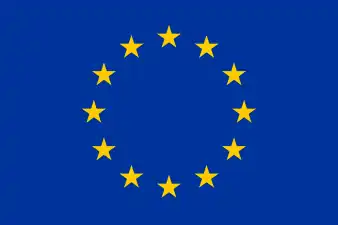
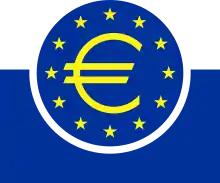
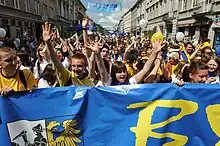
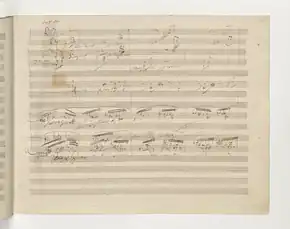
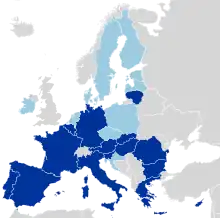
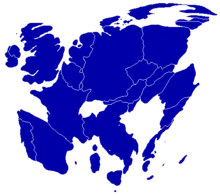
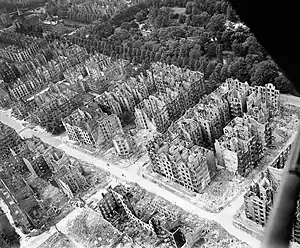

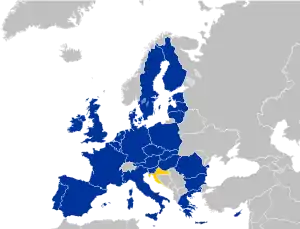
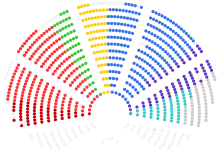

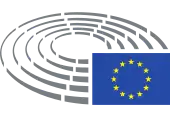
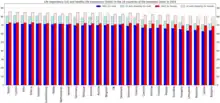
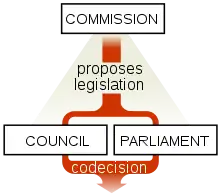
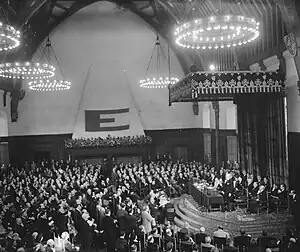

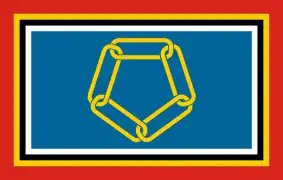
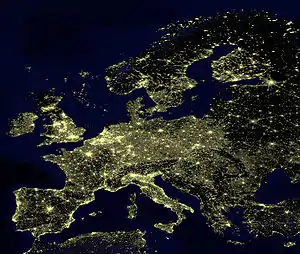
_Hearing_of_Josep_Borrell%252C_High_Representative_Vice_President-designate%252C_A_stronger_Europe_in_the_World_(48859228793)_(cropped).jpg.webp)

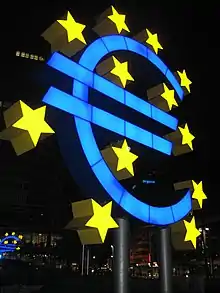
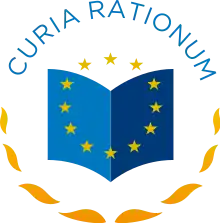


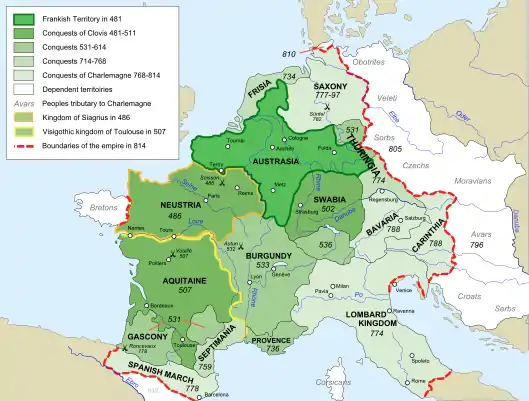
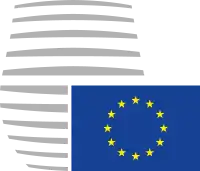


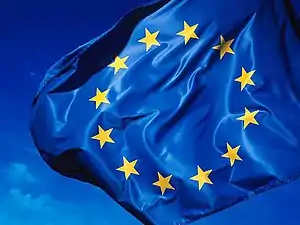
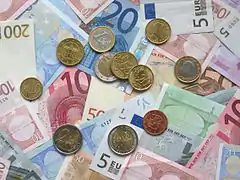
.jpg.webp)
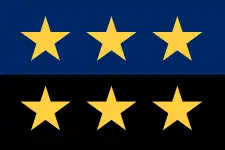
.jpg.webp)
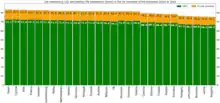
_population_pyramid_in_2023_(2).svg.png.webp)

.jpg.webp)